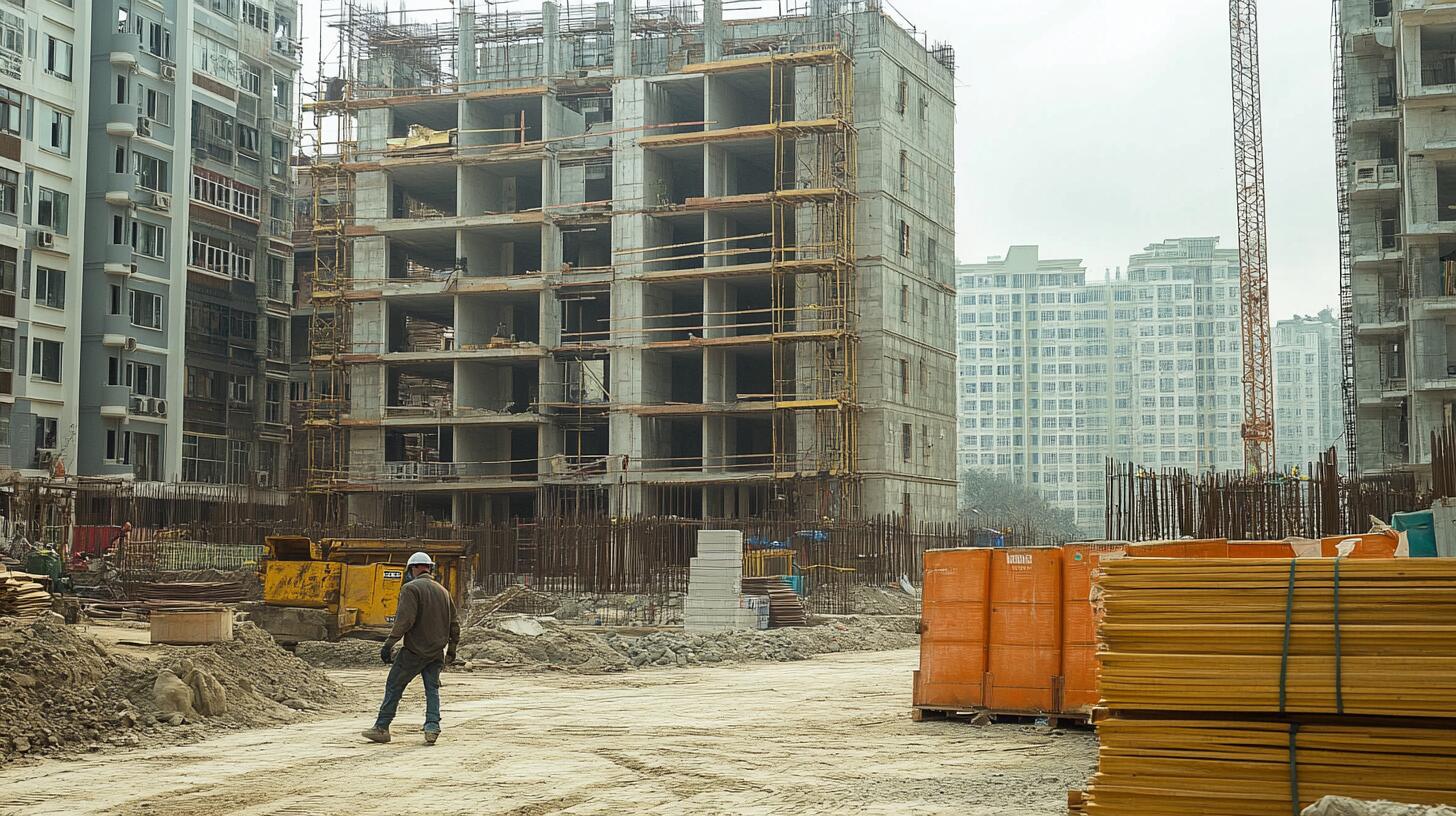
In the construction industry, accidents happen despite the best safety measures. When an injury occurs, it’s crucial to document the incident accurately and thoroughly. This documentation serves multiple purposes: it helps in the recovery process, aids in legal proceedings, and ensures that similar accidents are prevented in the future. In this article, we’ll guide you on how to effectively document a construction injury for legal purposes.
Understanding the Importance of Documentation
Documenting a construction injury is not just about jotting down what happened. It’s about providing a detailed account that can be used for legal purposes, insurance claims, and improving workplace safety. Proper documentation can support a worker’s compensation claim and protect your rights in legal situations.
Legal Protection
Accurate documentation can be a critical piece of evidence in legal proceedings. It establishes a timeline, identifies witnesses, and records the conditions that led to the injury. This information can be vital in proving liability and securing compensation.
Insurance Claims
Insurance companies require thorough documentation to process claims. Without it, there might be delays or denials. Detailed records help validate the claim and ensure the injured party receives the necessary benefits.
Improving Safety
By documenting injuries, companies can analyze incidents and implement better safety measures. Understanding what went wrong can prevent future accidents, ensuring a safer working environment for everyone.
Steps to Document a Construction Injury
When documenting a construction injury, a systematic approach is essential. Follow these steps to ensure that you capture all necessary information.
Step 1: Immediate Medical Attention
The first priority after an injury is to seek medical attention. Ensure that the injured person receives appropriate care. Medical records will form an essential part of the documentation process, providing evidence of the injury and the initial treatment received.
Step 2: Report the Injury
Notify the site supervisor or manager about the incident as soon as possible. This initiates the formal documentation process. Most companies have specific protocols for reporting injuries, so be sure to follow these guidelines.
Step 3: Gather Witness Statements
Collect statements from anyone who witnessed the accident. Witnesses can provide valuable insights into how the incident occurred. Record their accounts as soon as possible while the details are fresh in their minds.
Step 4: Take Photographs
Photographs provide undeniable visual evidence of the accident scene. Capture images of the site, equipment involved, and any visible injuries. Ensure that the photos are clear and comprehensive, covering different angles.
Step 5: Record Details of the Accident
Create a detailed written report of the incident. Include the date, time, and location of the accident, as well as the conditions at the time, such as weather or lighting. Describe what happened leading up to the accident and the immediate aftermath.
Step 6: Document Equipment and Safety Gear
Record the details of any equipment involved in the accident. Note the make, model, and condition of the equipment. Also, document the safety gear worn by the injured party at the time of the accident, such as helmets, gloves, or harnesses.
Step 7: File an Official Report
Complete any official incident report forms required by the company or relevant authorities. This report should be comprehensive and include all gathered information and supporting documents.
Legal Considerations
When documenting a construction injury, there are specific legal considerations to keep in mind.
Understand Your Rights
It’s important for injured workers to understand their rights. Consult with a legal professional if you’re unsure about the process or your entitlements. Organizations like 612-Injured can provide guidance and support.
Adhere to Legal Deadlines
Be aware of any legal deadlines for reporting workplace injuries. Failing to report within these timelines can affect compensation claims and legal rights.
Maintain Confidentiality
Ensure that all documentation is kept confidential and shared only with authorized personnel. Protecting the privacy of the injured party is essential.
Conclusion
Proper documentation of a construction injury is vital for legal purposes, insurance claims, and workplace safety improvement. By following a structured approach and understanding the legal considerations, you can ensure that all necessary information is captured accurately. This documentation not only aids in legal proceedings but also helps in creating a safer working environment.
Accidents are unfortunate, but with thorough documentation, you can navigate the aftermath more effectively. Always prioritize safety and be prepared to act swiftly should an injury occur on your construction site.
Contact 612-Injured for Expert Legal Assistance
If you or your team members have experienced a construction injury, it’s crucial to seek professional legal guidance. At 612-Injured, our experienced attorneys specialize in construction injury cases and can provide you with the support and representation you need. Don’t navigate the complexities of legal proceedings alone – let our team fight for your rights and help you secure the compensation you deserve. Contact 612-Injured today for a free consultation and take the first step towards the justice and compensation you are entitled to.


